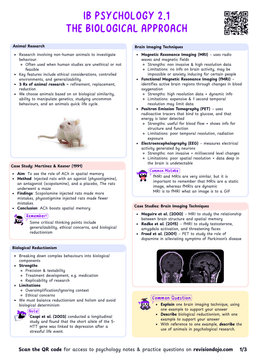Cell Respiration Produces ATP
- Cell respiration is the controlled release of energy from organic compounds to produce ATP, the energy currency of cells.
- Cells break down carbon compounds (like glucose and fatty acids) and extract energy stored in their chemical bonds.
- This energy is released through oxidation and captured in ATP molecules.

Cell respiration
Cell respiration is a series of metabolic processes that convert energy stored in carbon compounds, such as glucose and fatty acids, into ATP.
- Oxidation involves the loss of electrons or hydrogen atoms, while reduction involves the gain of electrons or hydrogen atoms.
- These reactions are coupled and form the basis of energy transfer in cells.
Main Substrates for Cell Respiration
While cells can use a wide range of organic compounds, glucose and fatty acids are the principal substrates.
- Glucose
- Glucose is a 6-carbon sugar and the most commonly used substrate.
- It's broken down during glycolysis into two molecules of pyruvate (3C).
- Pyruvate can then enter the mitochondria for complete oxidation in aerobic respiration, or be converted to other products in anaerobic respiration
- Fatty Acids
- Fatty acids are long carbon chains that are highly energy-dense.
- They're broken down through beta-oxidation into 2-carbon acetyl groups, which form acetyl-CoA.Acetyl-CoA enters the Krebs cycle, just like the acetyl-CoA produced from glucose.
- Fatty acids yield more ATP per gram than glucose because they contain more carbon-hydrogen bonds.Amino Acids
- Other Carbon Compounds
- Cells can also use amino acids (when glucose and fats are scarce), glycerol (from fat breakdown), and other organic molecules.
- These compounds are converted into intermediates that can enter glycolysis, the link reaction, or the Krebs cycle at various points.
Cell respiration is flexible, meaning cells can use whatever carbon compounds are available to produce ATP.
Overview: How Cell Respiration Works
- Cell respiration involves multiple stages that progressively extract energy from substrates.


